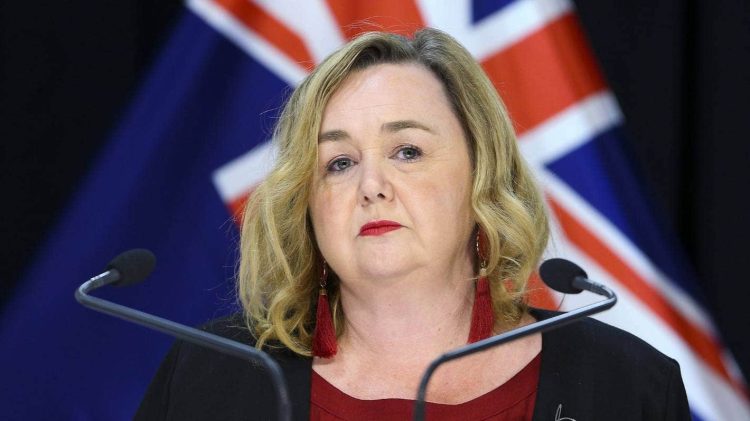不動産管理業者は、政府が発表した新しい規則に基づいて、まもなく登録、研修、免許を取得する必要があります。
また、メタンフェタミンの残留レベルや、安全でないと判断された場合の賃貸契約解除に関する新しい規則について、一般市民へのコンサルティングが行われる予定です。
ミーガン・ウッズ住宅相は、火曜日にこの新しい規則を発表しました。
「ニュージーランドでは約60万世帯が賃貸契約を行っており、今回の措置により、住宅用不動産管理業者の監視が規制され、メタンフェタミンの残留検査に関する科学的根拠に基づいた規則が制定され、家主の遵守期限が緩和されることになります」とウッズ住宅相は述べています。
「政府は、すべてのニュージーランド人が、持ち家か賃貸かにかかわらず、暖かく、乾燥した、安全な住居を確保することを目的としています。これらの取り組みは、私たちがすでに賃貸部門で行ってきた重要な活動の上に成り立っており、最終的には、賃貸しているニュージーランド人とそのファーナウ(マオリ語で家族の意)の生活と成果を向上させるために役立つものです。」と述べました。
家主は、1年以内に賃貸住宅を「健康住宅」基準(暖房、断熱、湿気に関する最低基準を定めた2019年に発表される一連の規制)に適合させる必要があります。これには、政府所有のKāinga Oraなどのコミュニティ・ハウジング・プロバイダーも含まれます。
また、ウッズ氏は、不動産管理業者に対する苦情は、新しい集中管理システムを通じて行うことになるだろうと述べました。
「これは、不動産業者、建築業者、弁護士など他の多くの職業と同様に、彼らにも遵守すべき行動・能力基準があり、そうでない場合は責任を問われる可能性があるということです」とウッズ氏。
新しいメタンフェタミン検査規則について、Woods氏は、残留メタンフェタミンの許容レベルについて、国民に相談することになるだろうと述べました。
「現在、2つのレベルが使われていますが、どちらも法的拘束力がないため、家主やテナントにとって不確実なものになっています」とのこと。
「私たちは、スクリーニング、検査、除染について、科学的根拠に基づく提案をしており、家主には明確な義務があります。
「ほとんどの大家さんは、純粋に義務を果たそうとしていますが、自分たちの力ではどうにもならない問題で、義務違反の危険にさらされているのですから、現実に即したものにするのが筋でしょう。」






























































